The eviction process can be difficult to navigate, and it’s important that you know the basics. You’ll need to take a number of steps before your tenant is finally evicted. This includes serving them with written notice, filing an eviction lawsuit in court, and then having a judge issue an order for possession of the property.
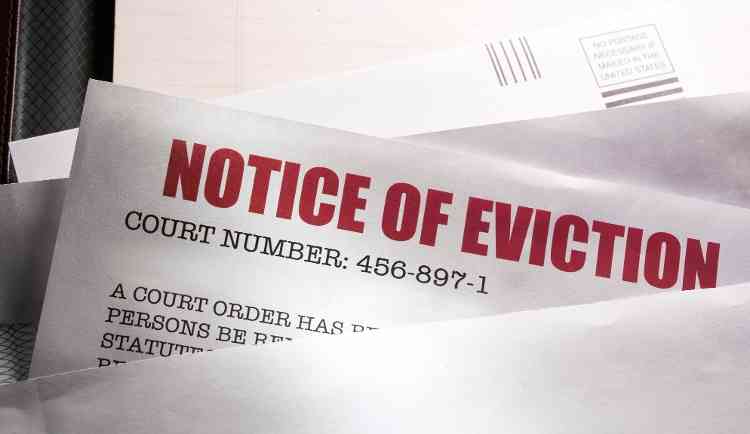

Evictions are a serious matter, and the process can be overwhelming. It’s important to know what you are getting into before taking on the task of evicting someone from your property. The Nassau County Law Department does not want to see anyone go through this difficult time in their life, but it can be necessary if there is no other option. If you are interested in learning more about the eviction process, read our blog post on how to evict a tenant for an overview of what is required.
How Does the Eviction Process Work in Nassau County?
In Nassau County, a landlord can evict a tenant for violating the lease agreements. The process of eviction is complicated and requires an attorney to help you navigate through the legal system. The eviction process in Nassau County is a long one. Before a formal eviction can even begin, the homeowner must be served a “Notice to Quit or Vacate.” This is also called a 7-day notice.
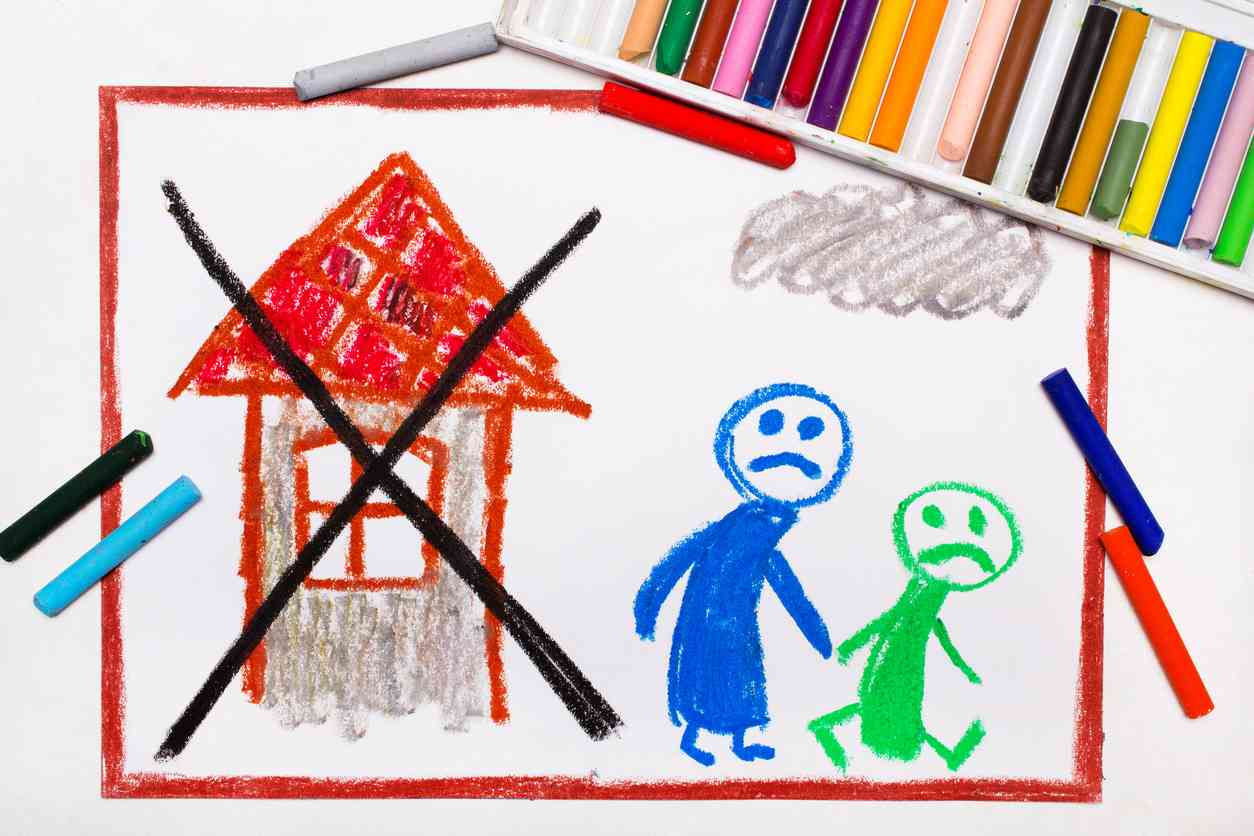

Upon receiving this notice, homeowners have seven days before they need to respond. The next step in the process happens when the homeowner fails to pay what is owed and an eviction case is filed with the court. Once this has been done, homeowners will be summoned by the court where they have 20 days to file their defense which includes any reason as to why they cannot pay or why there should not be eviction proceedings against them.
If a homeowner does not file anything during this time period, then default judgment automatically goes into effect meaning that it’s likely that they will lose their case and be asked to vacate their home. This can be avoided if a homeowner files something during this time period, which will then give them more time to plan how they are going to respond.
Types of Eviction
The eviction process in New York is typically a long and arduous one, with many hurdles. It’s not unheard of for it to take months or even years before an eviction can be completed. There are three types of evictions that can happen: “No Cause”, “Cause” and “Forcible Entry & Detainer.”
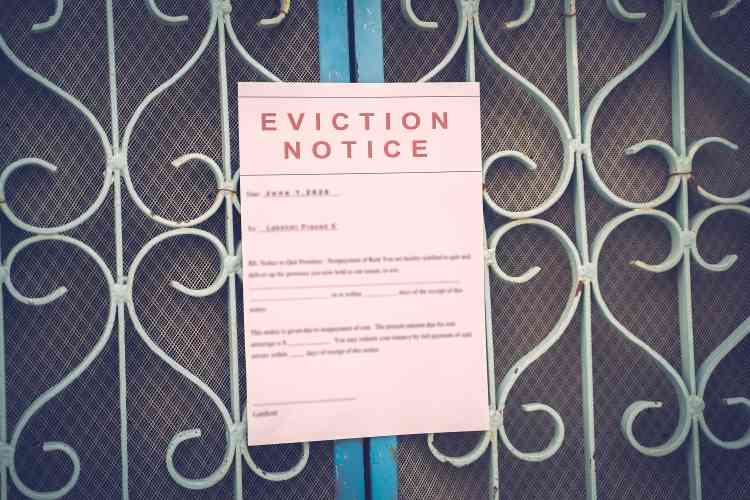
No Cause Eviction
A no-cause eviction is when a tenant has an unexpired lease and the landlord wishes to end it. Because New York State forbids leases from lasting less than one year, this means that there’s usually little leeway for landlords, as most people will simply ignore any notices they receive if their lease isn’t up yet. There are also situations where the landlord must give 90 days’ notice before filing an eviction in court.
Cause eviction
A cause eviction is when a tenant violates their rental agreement or does something illegal in the apartment, like having unauthorized people living there with them or unlawfully selling drugs. In these cases, landlords can file an early termination notice of the specific clause that was violated (called a non-primary residence clause) so that the tenant has to leave the apartment early. In New York City, tenants have rights and, if they are being sued for eviction by their landlords, may be able to defend themselves (or potentially even sue back). There are also sometimes causes for eviction based on city-wide regulations; landlords often won’t know about them unless it’s communicated to them directly by a government agency or the tenant complains about them.
For example, in 2013 Bloomberg’s NYC Smoke-Free Air Act took effect, which banned smoking in all common spaces indoors – like hallways and elevators – of apartments across the entire city. If a tenant smokes inside their apartment despite this law being passed over a year beforehand (as with most laws), the landlord can serve them with an eviction notice and file a lawsuit against them.
Forcible Entry & Detainer
This type of eviction permits a law enforcement officer to remove a tenant from the property if they refuse to leave voluntarily after receiving an eviction notice. Tenants can only defend themselves with proof in court that they did not hold over nor agree to a new tenancy agreement. This process applies even when tenants are on a month-to-month lease term which requires no specific end date, making it easy for landlords to evict them at any time by simply giving them 20 days’ notice (in writing) of their intention to terminate the tenancy.
Notices for Termination
A tenancy is often referred to as:
• 10 Day Notice To Vacate
• 20 Day Notice To Vacate
• 3-Day Notice To Pay Rent Or Quit (under the Chicago Residential Landlord & Tenant Ordinance)
• 10-Day Notice of Termination Of Tenancy (under The Manufactured Home Parks Residential Landlord and Tenant Act)


Failure to comply will result in eviction by Forcible Entry and Detainer, which means that a law enforcement officer can forcibly evict occupants after giving them notice. This is also known as “Unlawful Detainer.” Basically, unlawful detainers occur when tenants refuse to vacate the premises immediately, without the benefit of a court order issued by a judge – or other
The notice for termination with cause provision in a lease is typically found in the body of the lease document. This section is generally used to terminate a residential or commercial tenancy agreement before its expiration date. Notice for termination without cause may be given by either party at any time during the term of the lease, and it will not affect rights under that particular contract. The only way to end a tenancy without notice is if there are grounds such as nonpayment of rent, breach of contract, or damage to property beyond normal wear and tear.
Eviction Defense
In New York City, landlords are legally obligated to provide a tenant with notice before proceeding with an eviction. If the landlord does not abide by this rule, the tenant is entitled to legal counsel and can even file a suit against the landlord for damages.
Eviction Defense explains how landlords must provide their tenants with notice prior to filing an eviction case against them. New York City’s Housing Court is a court of limited jurisdiction, meaning that it only has the authority to hear certain types of cases. As a result, landlords must file eviction proceedings in Civil Court. In order to evict a tenant for not paying rent or breaching the lease agreement ( i.e., engaging in illegal activities), the landlord must serve the tenant with either a 20-day Notice to Quit or a 10-day Notice to Cease.
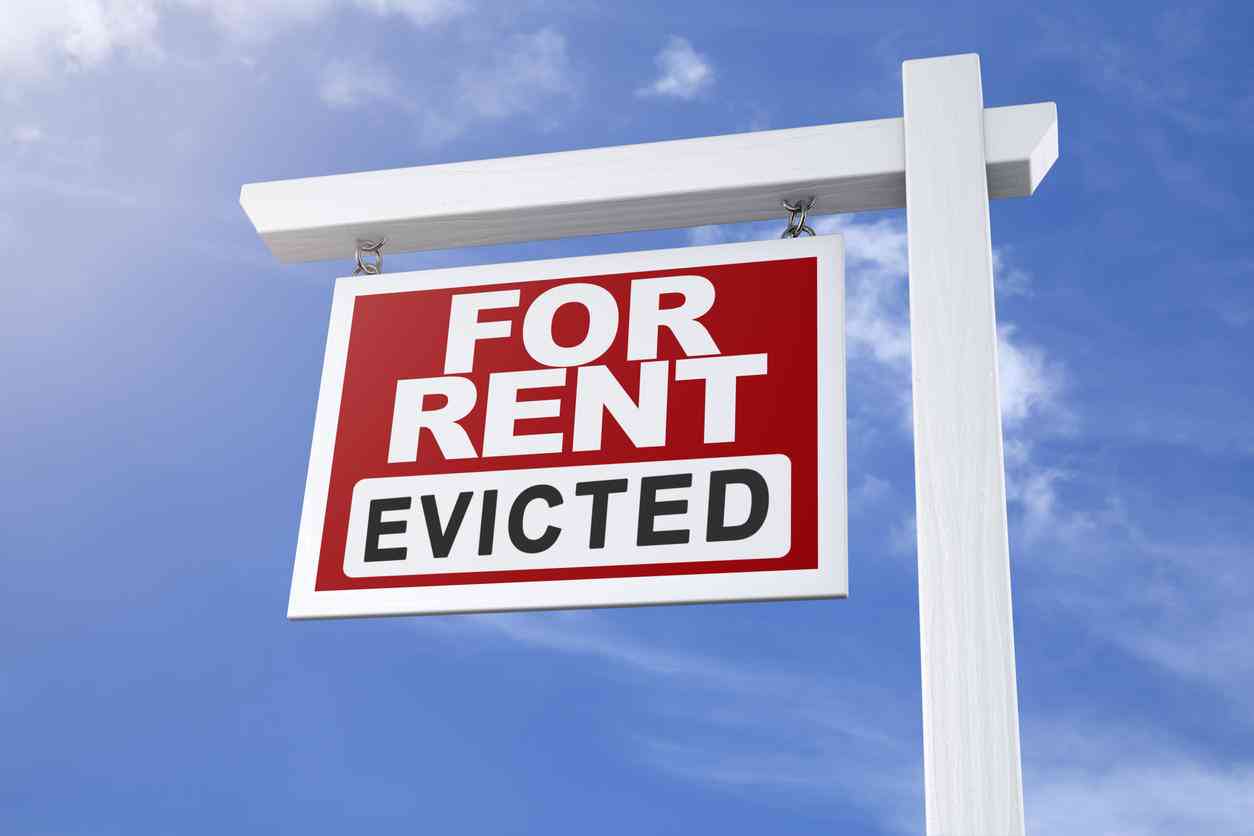

Tenant Removal
New York City’s Housing Court is a court of limited jurisdiction, meaning that it only has the authority to hear certain types of cases. As a result, landlords must file eviction proceedings in Civil Court. In order to evict a tenant for not paying rent or breaching the lease agreement ( i.e., engaging in illegal activities), the landlord must serve the tenant with either a 20-day Notice to Quit or a 10-day Notice to Cease.
The case will be assigned to an attorney who will then schedule your court appearance on your behalf. Most attorneys charge between $100-$500 at the initial retainer fee (which is 1/3rd of your total contract fee.) However, if you are unable to afford the retainer fee, many of these attorneys will allow you to pay a reduced price or try and work out a payment plan (where applicable). Read below for a list of names and contact information for some sample eviction attorneys.
The next step in an eviction is the actual court date. You must be ready to argue your case before the judge (this means having all necessary documentation, such as copies of the lease agreement) at this time. The landlord/tenant relationship does not have to remain strained even after an eviction has taken place. In fact, it would make good sense to maintain a professional relationship with your past tenants in order to avoid future problems with future ex-tenants. If your former tenants are a reliable source of referral business, it can be beneficial to your new rental properties to do what you can to maintain their business relationship with you.


After the paperwork has been served, contact a lawyer or legal association in your area for help with filing an eviction lawsuit. Depending on what the court says, you might have to wait up to three days for the tenant to vacate the property. In some areas, it is no longer legal for tenants to be charged “unpaid rent” after they have vacated and returned the keys to the landlord.
If you’re not able to find another suitable tenant in the meantime then you may have to pay your ex-tenant a small amount of money as compensation until you are able to re-let their unit. If this is an option, make sure that your former tenants understand why they must stay with you and offer them financial compensation for their trouble.
Summary
The eviction process in New York is a stressful experience for many people, but if you have the right resources and support it can be navigated with minimal stress. If you don’t, the consequences can be frightening.
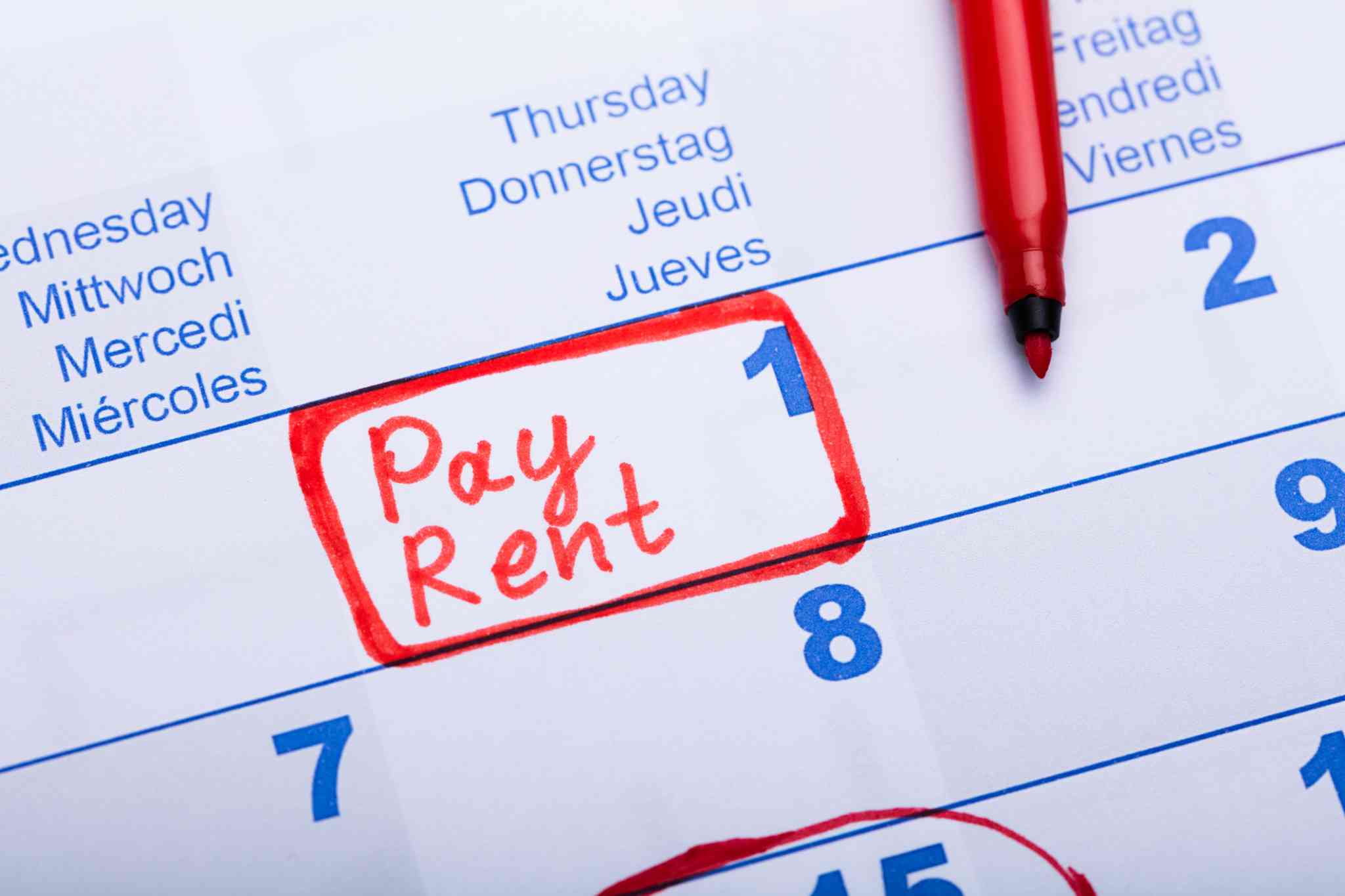

As a landlord in New York state, it is your right to evict tenants who consistently fail to pay rent or violate the terms of the lease agreement. The eviction process for nonpayment of rent can take as little as one month from start to finish. In some cases, it may even be necessary for you to begin eviction proceedings immediately if you are concerned about the damage being done to your property and require immediate possession of your rental unit.
The best advice that any landlord can follow in order to evict a tenant is simply: know thy laws. Clearly understand any policies or procedures that will help you navigate through an eviction with minimal stress and complications.
Image Credits
Rooftstock Blog / Google Stock Images
BlackWall USA / Google Stock Images
Roofstock Blog / Google Stock Images
HCAMAG / Google Stock Images
NRDC / Google Stock Images
The Balance Small Business / Google Stock Images
660 News / Google Stock Images

